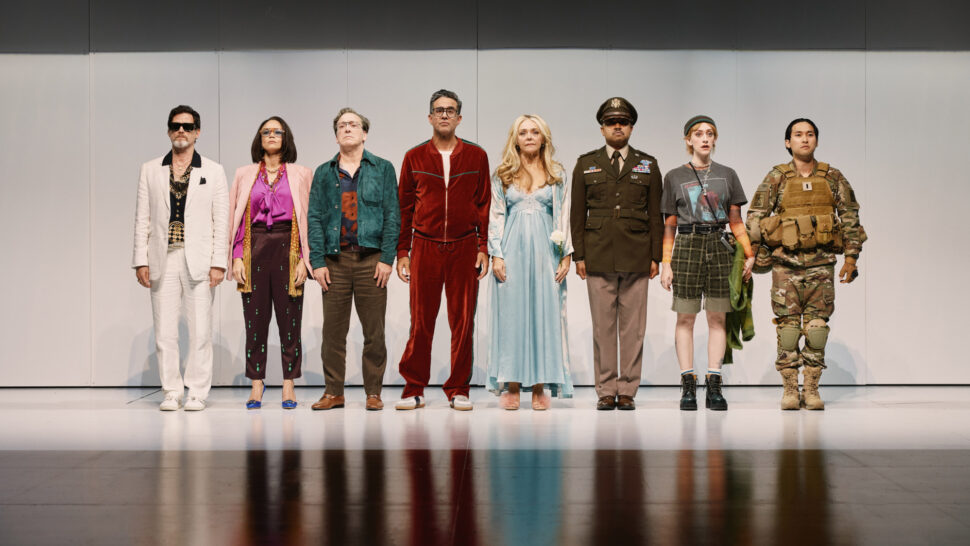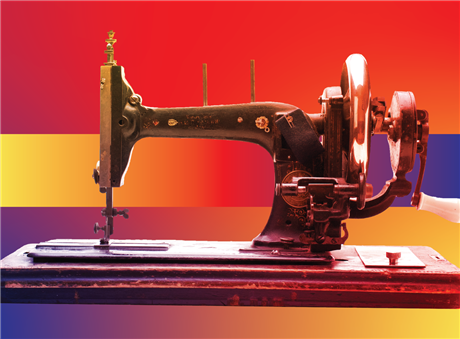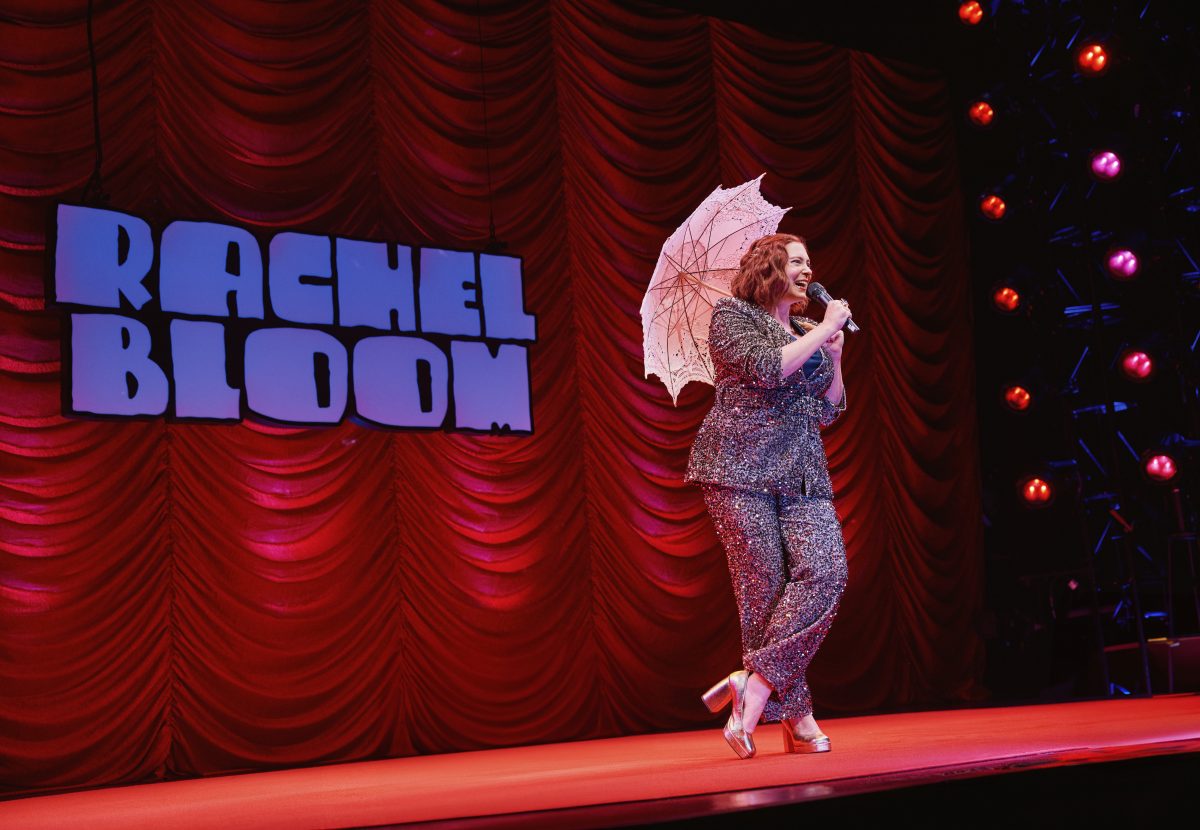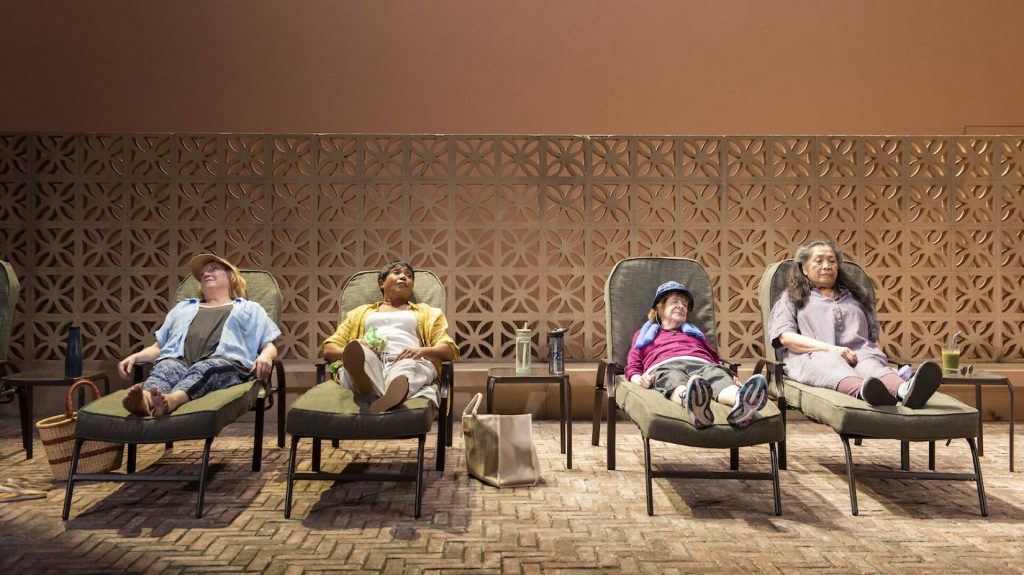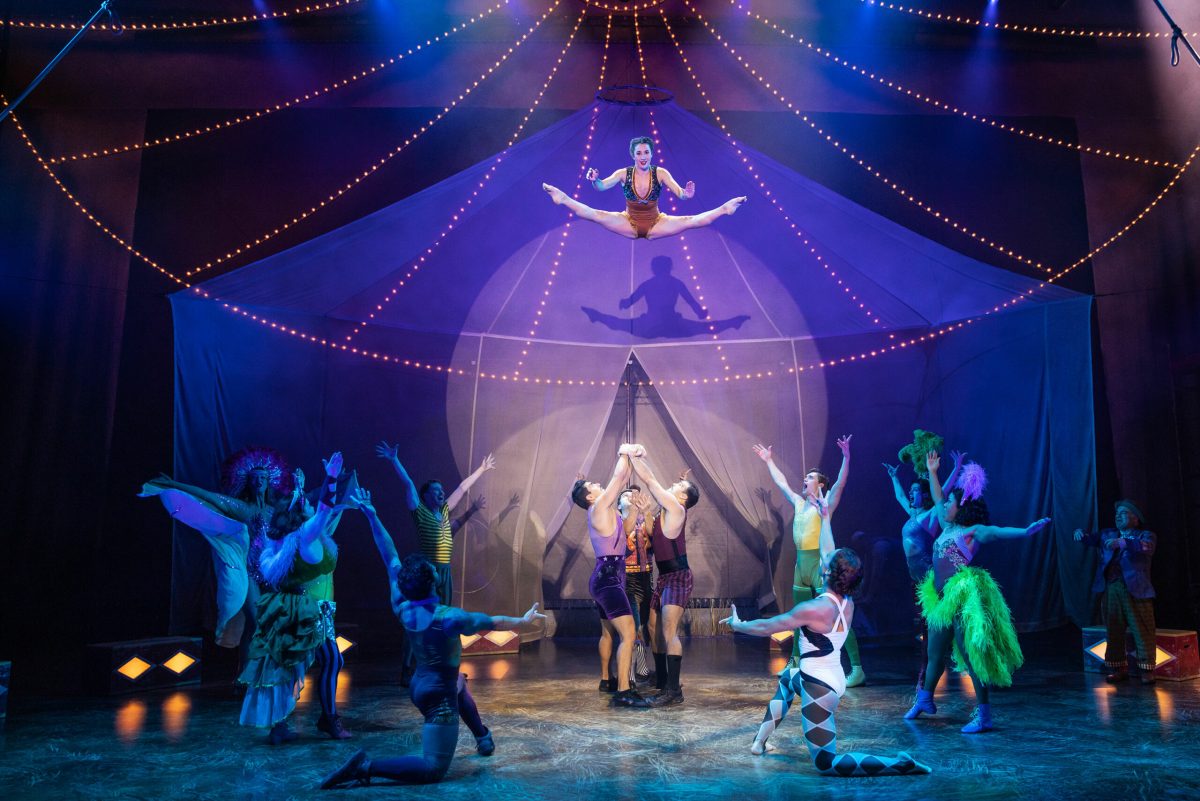Broadway has witnessed the evolution of various dance forms, but none have left as indelible a mark as tap dance. The rhythmic, percussive art of tap dance has not only entertained audiences but has also played a crucial role in shaping the very essence of musical theatre. Today, tap dance takes a starring role in Casey Nicholaw’s Tony Award-winning choreography for Some Like It Hot, and Rodgers & Hart’s classic Pal Joey gets a Savion Glover-powered jazzy choreographic makeover in New York City Center’s revival. In celebration, Broadway’s Best Shows is taking you on a journey through time to explore the rich history of tap dance on Broadway, highlighting shows and artists who have left an impact on the form.
The Birth of Tap Dance
There was no one individual ‘inventor’ of tap dance. Instead its roots can be traced back to the fusion of African, Irish, and British folk dances in the United States. This dance form evolved from the rhythmic body and foot movements of enslaved people from Africa and the “jigs” brought by Irish immigrants. The elements coalesced in Lower Manhattan in the mid-19th century after the abolition of slavery in New York State in 1827. The poorest New Yorkers – the formerly enslaved, and the Irish – were forced to live together in slums, combining their cultural traditions and creating a unique American art form that would eventually find its way to Broadway.
Bill “Bojangles” Robinson: A Pioneering Force
One of the earliest and most influential figures in the history of tap dance on Broadway was Bill “Bojangles” Robinson. Robinson’s legendary career began in vaudeville but quickly transitioned to Broadway, where he starred in the famous “Blackbirds of 1928.” Robinson’s grace, precision, and charisma paved the way for other African-American dancers, challenging racial barriers during a time of segregation.
“Shuffle Along:” A Groundbreaking Musical
“Shuffle Along,” on Broadway in 1921, was a turning point in the history of tap dance. This show, with Broadway’s first all-Black cast and creative team, introduced syncopated tap routines that would become iconic. The choreography by Noble Sissle and Eubie Blake, along with the performances of Paul Robeson, and later on the national tour, Josephine Baker, showcased the energy and innovation of tap dance. It ran for 484 performances 1921-1922, an incredibly long run for the era.
The story of the show’s creation was later chronicled in the 2016 Broadway musical “Shuffle Along, or, the Making of the Musical Sensation of 1921 and All That Followed,” which starred a who’s who of Black Broadway stars including Audra McDonald, Brian Stokes Mitchell, Billy Porter, Joshua Henry, Brandon Victor Dixon, Adrienne Warren, and more. It was directed George C. Wolfe and choreographed by the legendary Savion Glover (who we’ll discuss more further down).
Eleanor Powell: The Queen of Tap
Eleanor Powell was another tap sensation who made waves on Broadway during the 1930s and 1940s. Her performances in shows like “At Home Abroad,” among others, and films including “Born to Dance” demonstrated her remarkable technical skills and her ability to tell a story through dance.
The Golden Age of Musicals
The 1930s and 1940s also marked the beginning of the Golden Age of Musicals on Broadway, and tap dance played a pivotal role. Musicals like “On Your Toes” (1936) incorporated show-stopping tap numbers that showcased the athleticism and charisma of their dancers. The choreography of the great George Balanchine, in “On Your Toes,” combined ballet (“Slaughter on Tenth Avenue”) and tap, pushing the boundaries of the art form.
The Nicholas Brothers, Fayard and Harold Nicholas, were two teenagers from Philadelphia, aged 18 and 11, when they were plucked from performing at the Cotton Club in New York City to dancing on the big screen in 1930s MGM musicals. Their influence was far and wide – everyone from Michael Jackson to Mikhail Baryshnikov were fans of their acrobatic, athletic partnered dancing.
Gene Kelly, another important performer of the era, took tap dance to new heights with his athleticism and innovative choreography. His work in “Pal Joey” and “Anchors Aweigh” displayed the versatility and expressiveness of tap dance, bridging the gap between Broadway and Hollywood.
The Nicholas brothers’ most famous routine, from the 1943 movie Stormy Weather:
“42nd Street:” A Tap Extravaganza
The 1980 Broadway production of “42nd Street” took tap dance to a whole new level. This musical, choreographed by Gower Champion, featured extravagant tap numbers that became legendary in their own right. The opening sequence alone, with a chorus line of over 60 dancers, is still celebrated as one of the most iconic tap dance moments in Broadway history. The long-running revival of the musical that opened in 2001 further cemented its place in dance history.
Savion Glover: Revolutionizing Tap Dance
In the modern era, Savion Glover emerged as a revolutionary force in tap dance. Known for his lightning-fast footwork and innovative choreography, Glover has been a driving influence on the art form. He gained recognition for his work in several Broadway productions, including “Black and Blue” (1989) and “The Tap Dance Kid” (1983). Opening on Broadway in 1983, “The Tap Dance Kid” is a musical about a 10-year-old New Yorker who longs to be a dancer like his uncle and grandfather and his attorney father who forbids him from dancing. Choreographer Danny Daniels won the Tony Award and Astaire Award for his work. A year into the show’s run, a 10-year-old dancer Savion Glover took over the role of Willie. In 2022, Glover directed the Encores! Presentation of the show.
Glover’s exceptional talent and contributions to the Broadway stage were further highlighted when he won a Tony Award for his choreography in “Bring in ‘Da Noise, Bring in ‘Da Funk” (1996), a groundbreaking production that fused traditional and modern tap. His performance in the show also earned him a Tony nomination for Best Actor in a Musical.
Savion Glover’s continued dedication to preserving and advancing tap dance has solidified his status as a legend of the art form. His unique style and storytelling through rhythm have influenced countless tap dancers and choreographers. Recently, his work on the revisal of “Pal Joey” fused tap, ballet, and traditional Broadway.
The history of tap dance on Broadway is a testament to the power of creativity, diversity, and innovation within the world of musical theatre. It continues to captivate audiences and inspire new generations of performers and choreographers, ensuring that the rhythm of Broadway will always be one filled with the joy and energy of tap dance.

